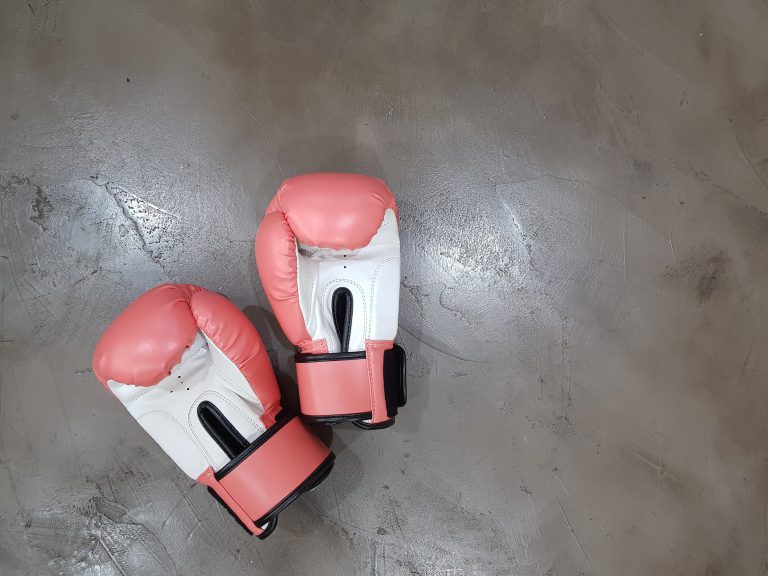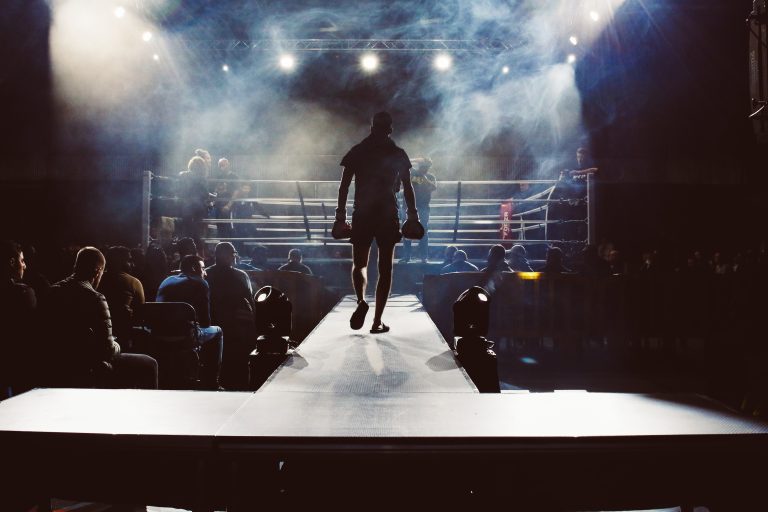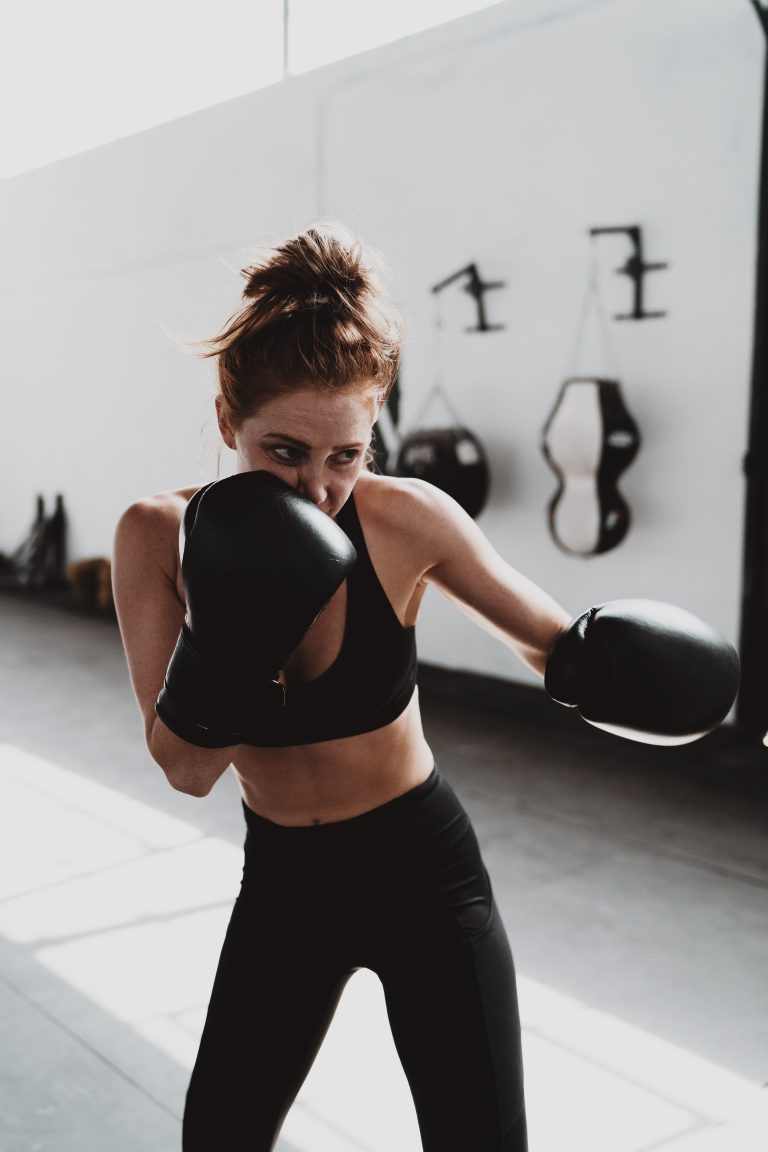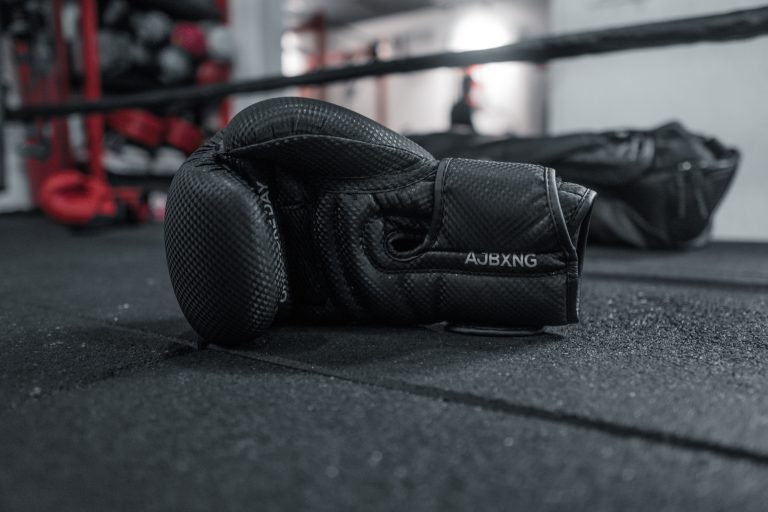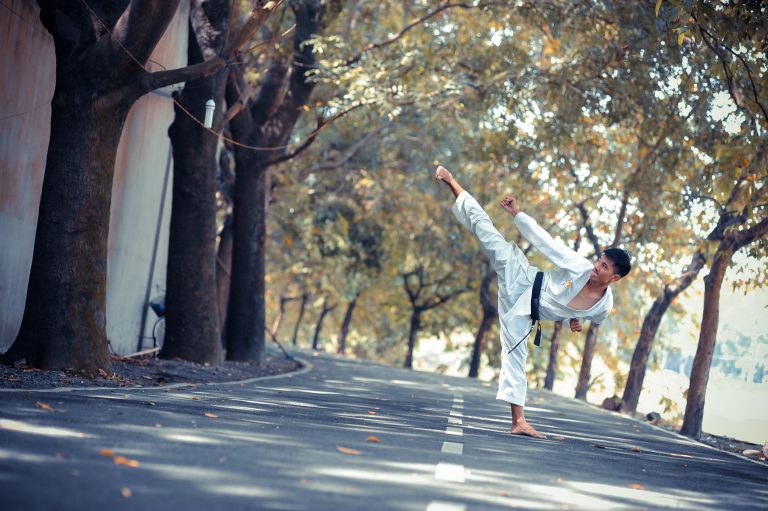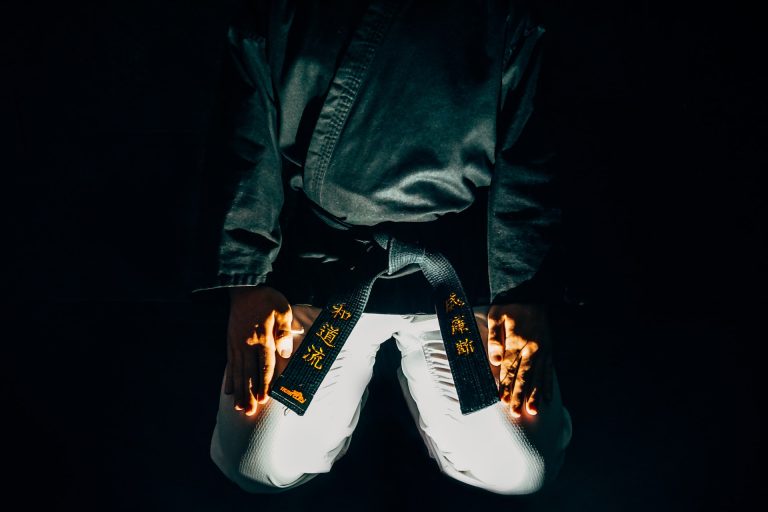Karate Language Words: A Guide to the Terminology Used in Karate
If you’re new to the world of karate, it’s important to understand the language and terminology used in this martial art. Karate originated in Okinawa, Japan, and has become popular all over the world. Karate language words reflect the traditions and principles that lie at the heart of this martial art. In this article, we will discuss the most common karate language words and what they mean.
Karate
The word karate is derived from the Japanese words kara (empty) and te (hand). Therefore, the term karate literally means „empty hand“. This refers to the fact that karate practitioners do not use weapons, but instead rely solely on their own body for offense and defense.
Ki
Ki is a fundamental concept in martial arts, including karate. This word can be translated as „life energy“ or „vital force“. It’s believed that mastering ki allows a practitioner to channel their energy more efficiently, resulting in stronger and more effective movements.
Dojo
The dojo is the training hall or studio where karate classes take place. It’s a place where practitioners can come together to train, learn, and improve their skills.
Sensei
Sensei is a term used to address a teacher or instructor in martial arts. It’s a show of respect for the knowledge and experience they possess. Sensei can also be used to refer to a master or expert in a particular field.
Kiai
Kiai is a term used to describe the shout or yell made by a karate practitioner during a technique or move. It’s meant to focus the practitioner’s energy and intimidate their opponent.
Kata
Kata refers to a series of prearranged movements or forms that are practiced in karate. These movements are designed to simulate actual combat situations and help practitioners improve their technique, timing, and balance.
Kumite
Kumite is a term used to describe sparring or fighting in karate. It’s a way for practitioners to test their skills against other opponents in a controlled environment.
Gichin Funakoshi
Gichin Funakoshi is considered to be the father of modern karate. He was a Japanese martial artist who developed the Shotokan style of karate in the early 20th century. Funakoshi’s teachings focused on the importance of developing the mind and character, as well as physical techniques.
Belt Ranking System
In karate, practitioners are ranked based on their skill level. The grading system is denoted by colored belts, with white being the lowest level and black being the highest. Each belt level requires a certain amount of training and dedication to achieve.
Frequently Asked Questions About Karate Language Words
Karate, which originated in Okinawa, Japan, is a popular martial art that is now practiced all over the world. Like many traditional practices, karate has its own specific language, which can be confusing to newcomers. To help you better understand the karate vocabulary, we have compiled a list of the most frequently asked questions about karate language words.
What is the meaning of „dojo“?
Dojo is a Japanese term that can be translated to mean „place of the way.“ It is commonly used to refer to a training hall or studio where martial arts instruction takes place. In karate, the dojo is a place of learning, discipline, and mutual respect. It is where students come to train and improve their skills under the guidance of a sensei or teacher.
What is a „gi“?
A gi is the uniform worn by martial arts practitioners during training or competition. In karate, the gi typically consists of a white jacket, white pants, and a belt that indicates the wearer’s rank. The gi is designed to be comfortable, durable, and allow for freedom of movement during training.
What do the different belt colors mean in karate?
In karate, students are ranked by the color of their belts, which indicates their level of skill and experience. The ranking system typically starts with a white belt for beginners and progresses through various colors, such as yellow, orange, green, blue, purple, brown, and black. The exact color system may vary between different styles of karate and different organizations, but the general progression is the same.
What is a „kata“?
A kata is a sequence of movements that simulate a fight against one or more imaginary opponents. Katas are an essential part of karate training, as they help students develop proper technique, balance, and coordination. There are many different katas in karate, each with its own unique set of movements and applications.
What does the term „sensei“ mean?
Sensei is a Japanese term that can be translated to mean „teacher“ or „instructor.“ In karate, it is commonly used to refer to the person who leads the training sessions and provides guidance and instruction to the students. The title of sensei is typically reserved for those who have achieved a certain level of mastery in the martial art and have been recognized as a teacher by their peers.
What is the meaning of „kumite“?
Kumite is a Japanese term that can be translated to mean „sparring“ or „fighting.“ In karate, kumite refers to the practice of engaging in controlled combat with a training partner. The purpose of kumite is to help students develop their timing, distance, and strategy, while also improving their physical conditioning and mental fortitude.
What is the meaning of „makiwara“?
Makiwara is a Japanese term that can be translated to mean „striking post.“ In karate, it refers to a wooden post or board that is used for training strikes and punches. By repeatedly striking the makiwara with proper technique, karate practitioners can build strength in their hands and improve their accuracy and power.
How to Learn Karate Language Words
Karate is a martial art that originated in Okinawa, Japan, and has become popular all over the world. Learning karate involves more than just physical training, it also involves learning the karate language, which is essential to communicate with other practitioners and understand the terminology used during training. In this article, we will provide you with a step-by-step guide on how to learn karate language words.
Step 1: Understand the Importance of Learning Karate Language Words
Before you can start learning the karate language words, it is important to understand why it is important to do so. Knowing the karate terminology will not only help you communicate with other practitioners, but it will also help you understand the techniques better. Additionally, knowing the karate language words will help you follow instructions during training, and it will also help you retain more information during your classes.
Step 2: Research Karate Terminology
The first step in learning karate language words is to conduct research on the terminology used in karate. You can find information on karate terminology by reading karate books or by searching on the internet. Some popular online resources for karate language words include karatebyjesse.com and karate-tips.com.
Step 3: Memorize Karate Language Words
Once you have researched the karate terminology, the next step is to start memorizing the words. One effective way to memorize karate language words is to make flashcards. Write the karate words and their meanings on each card and practice them until you can recall the meaning of each word without looking.
Another way to memorize karate language words is by practicing with a partner. During your karate classes, practice using the words with your partner to help reinforce the terms in your memory.
Step 4: Practice Using Karate Language Words
The final step in learning karate language words is to practice using them during your karate classes. While it may be daunting to use new words at first, it is important to start using them to become comfortable with the terminology. In addition, ask your karate instructor for clarification if you do not understand a particular term or technique.
Conclusion
Learning karate language words is an important aspect of practicing karate. By following the steps outlined in this article, you can effectively learn the karate language words and enhance your experience during karate classes. Remember to be patient with yourself throughout the process, and eventually, you will become comfortable using the karate language words.
Inhaltsverzeichnis

